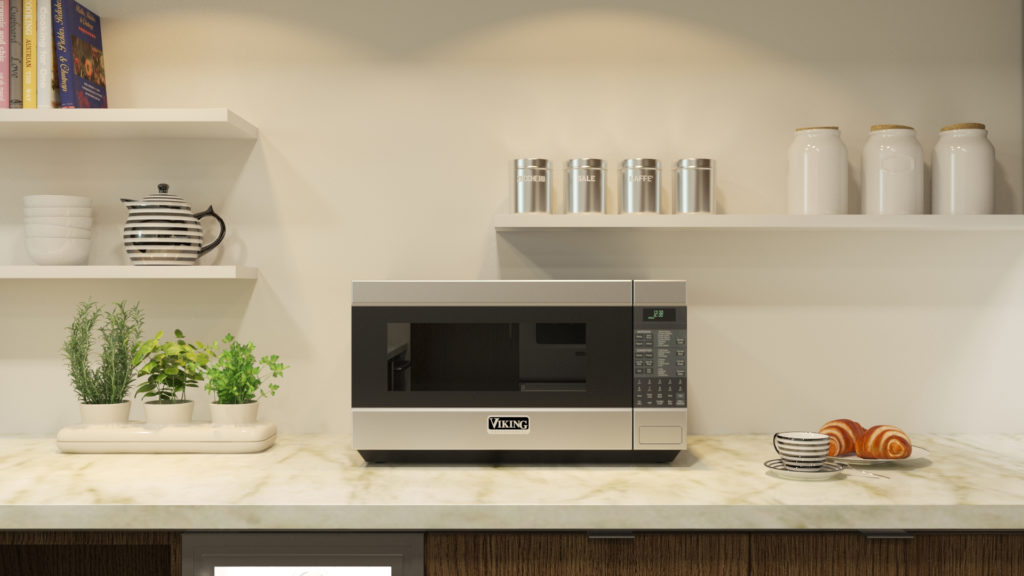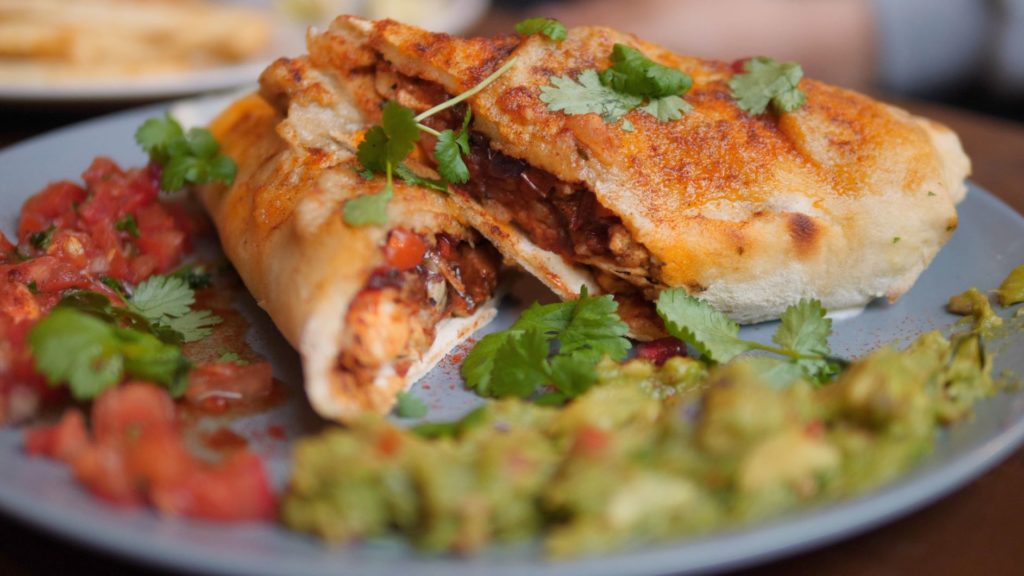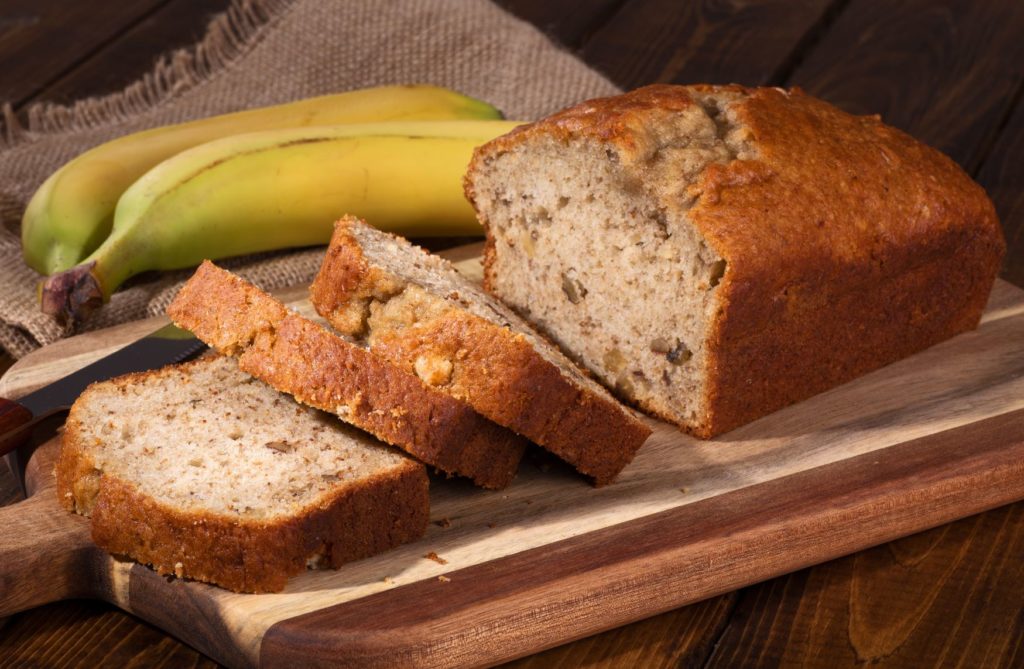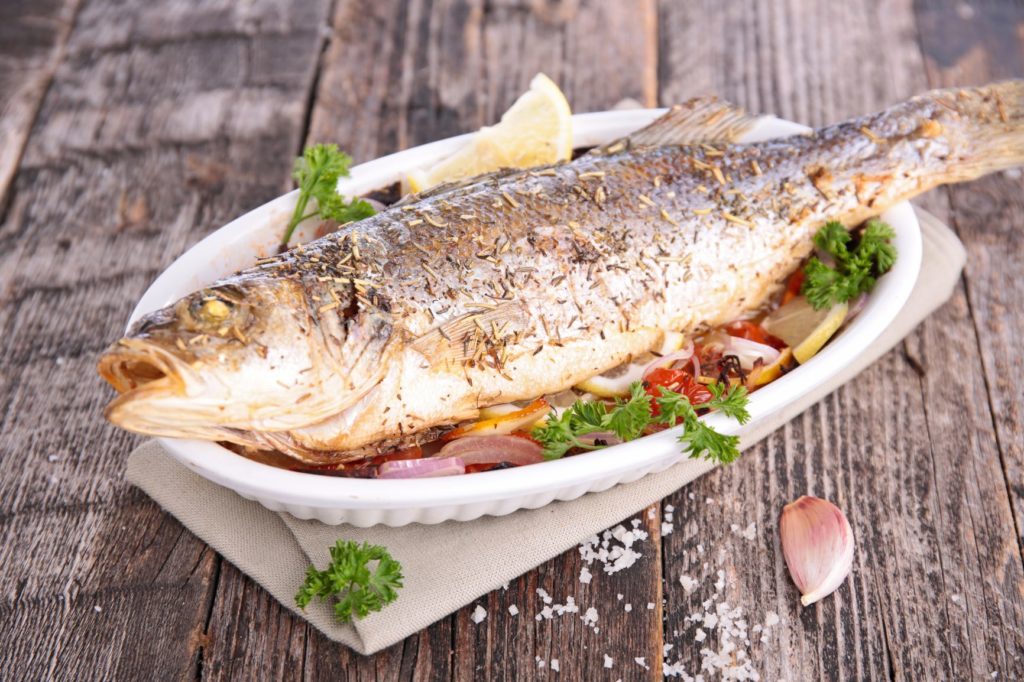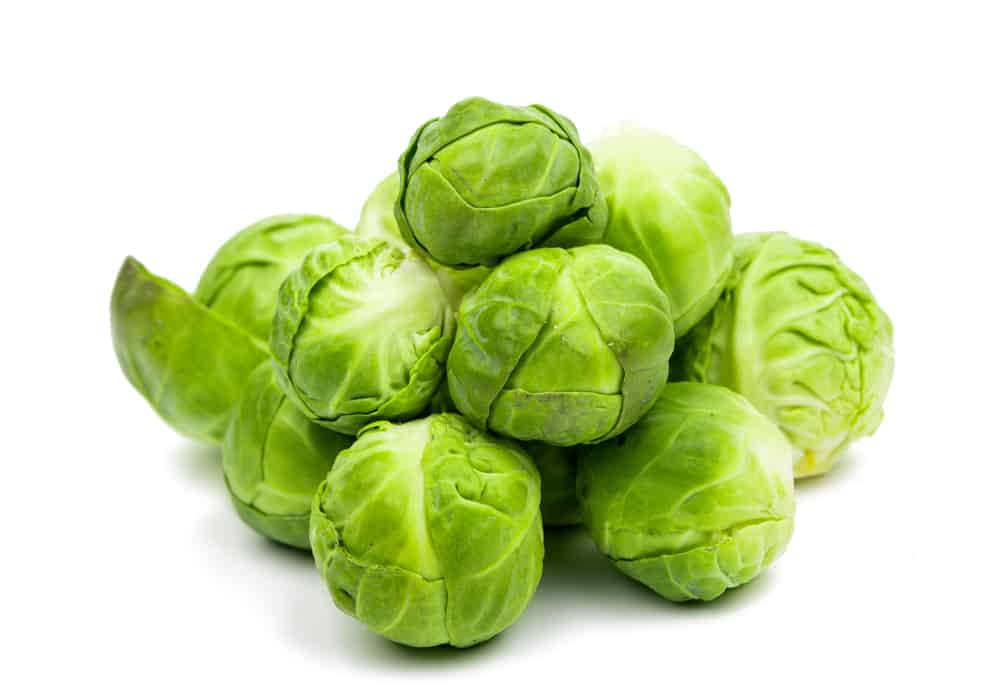Microwave ovens are often both the most efficient appliance in your kitchen and the most difficult. They can heat up and cook food much faster than a standard oven. But this can often result in overheating or food just straight-up exploding and causing a mess.
Microwave ovens are something that, once you know exactly how to use them, don’t require much thought.
You don’t even need to keep an eye on them as they will just stop once the timer has finished. So they are a lot easier to use than a standard oven. But, unlike a normal oven, there are some materials that aren’t safe to use in a microwave oven.
One of the most well known is metal, but what about glass? Glass will often shatter or crack at extreme temperatures. Whether these are high or low. And microwaves use very high temperatures. But there are many different types of glass cookware.
So, can you microwave glass? The answer is “kind of”. Generally, glass is okay in a microwave oven. But there are still a few things you should know before placing anything glass in your microwave oven.
This post may contain affiliate links. Read my disclosure policy here.

To help you out here are a few tips for using glass in the microwave.
1. Check the labeling. This might seem obvious but how often do you check a dish before placing it in the oven, a microwave oven, or the dishwasher? We are all so used to these appliances that we assume every product we buy will be safe in them. But this definitely isn’t the case.
Some glass cups and dishes won’t come with instructions or safety information.
2. Keep the heat low. If the glass is labeled as microwave oven safe, then this should be okay. But, even then, don’t leave the glass in the microwave for too long. Or put it on too high an intensity. Any material that is heated with microwave ovens at a high heat for a long period of time can potentially become damaged.
3. Don’t microwave jars. Although most glass cooking dishes are safe to use in a microwave oven, glass jars will likely not be. Jars are made from a much thinner material. So they are more likely to crack or become overheated in the microwave oven.
Microwave Dos and Don’ts
So, those are the main things to consider when it comes to using glass in the microwave oven.
But what else should you know?
Here are some very important dos and don’ts for using a microwave oven.
Dos
- Keep an eye on the microwave. One of the best things about microwave ovens is that all you need to do is turn one dial for a setting and one for the timer. Then the microwave does everything else. But this doesn’t mean that everything will go smoothly.
Even if you’re 100% sure that you have properly prepared your food and set the microwave oven properly. Things can still go wrong. Even the smallest thing, like a baked potato being too big, can cause issues. If you have ever seen a potato on fire in a microwave, then you will know what we mean.
- Ventilate. As mentioned above, there are quite a few things that can go wrong when using a microwave. One of them is not providing proper ventilation. So, if you’re cooking something like a potato, make sure to pierce it a few times. This will provide an escape for the steam and heat that will build up inside.
If you’re heating up something in a tub, make sure to take the lid off. But not entirely. Most of the time, it’s a good idea to leave the lid on top of the tub, at a slight angle. This will allow the steam to escape. It will also stop any food from spitting out if it gets too hot.
- Clean your microwave oven often. It can be a bit of a trial cleaning a microwave oven. You need to remove and clean the rotating plate and a few other components. As they are generally quite small, they need to be cleaned at quite an awkward angle.
So it can be tempting to leave it alone, especially if nothing has spilled and made it obviously dirty. (And honestly, how many of us often clean our normal ovens…?). But you should still regularly clean your microwave. Even if you have only used it for a few things and nothing has spilled. Just as in every other part of your home, there will be dirt and bacteria that you can’t see.
It doesn’t need to be cleaned after every use. But give it a wipe down when you do your regular kitchen clean.
Don’ts
- Use metal. This is something that pretty much everyone knows and has already been said in this article. But it’s still worth saying again. Using metal in a microwave oven, even if it’s just a small piece of kitchen foil, is dangerous.
Using metal in the microwave oven can cause damage and even catch fire which could spread. This is because metal is an excellent conductor of electricity.
The microwaves won’t be able to penetrate the metal. This can cause something called “arcing” to occur. This causes sparks to fly which are dangerous themselves. Then a fire can potentially be caused.
So, it’s definitely not worth the risk.
- Defrost meat in the microwave. One of the best things about microwave ovens is that they can be used to quickly defrost food. But there is a limit to what they can be used to defrost. Defrosting food in general is a surprisingly tricky process.
Defrosting food too quickly can cause it to thaw unevenly. When it comes to meat, there is the risk that it will come out of the microwave oven partially frozen and partially cooked.
This is especially dangerous for foods such as chicken. There is a risk that there is salmonella in chicken and so it needs to be cooked thoroughly. It also needs to be defrosted carefully and slowly.

